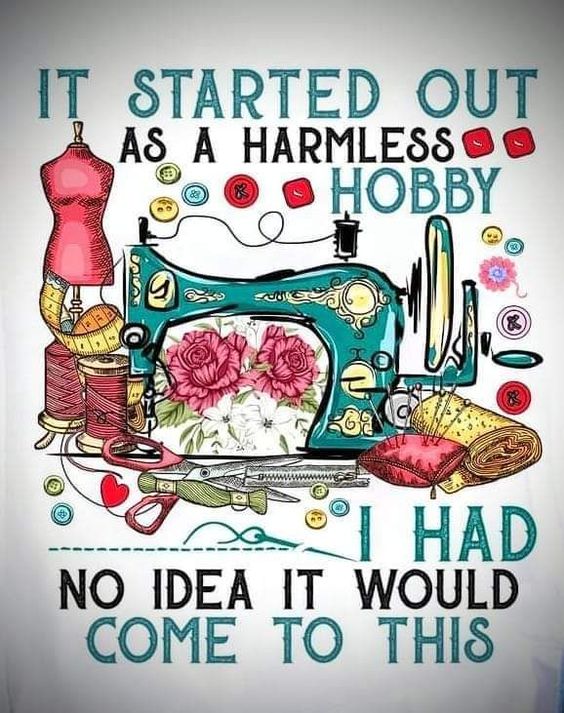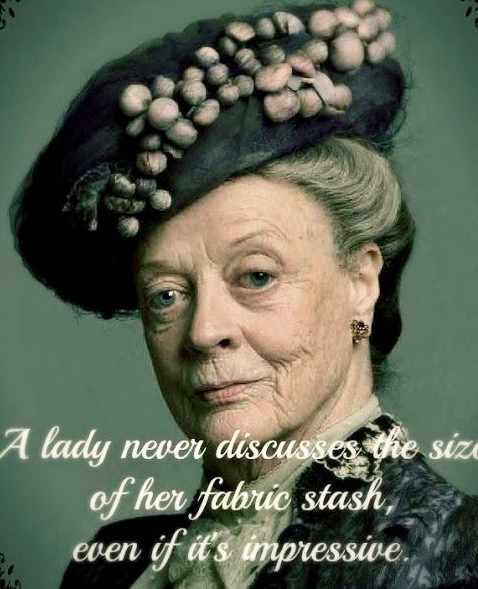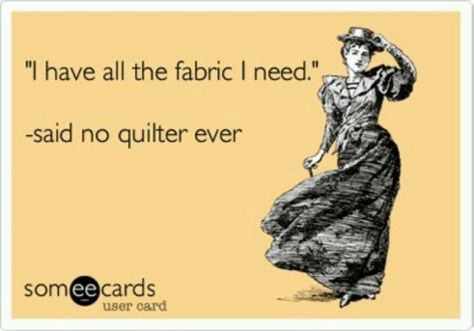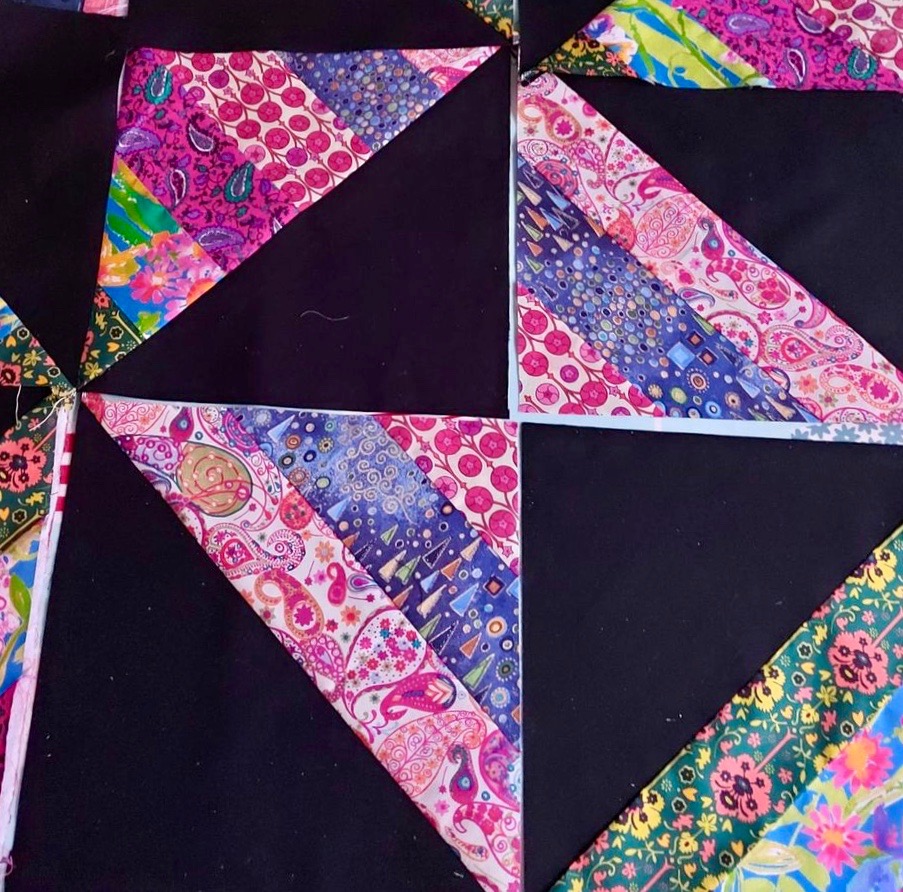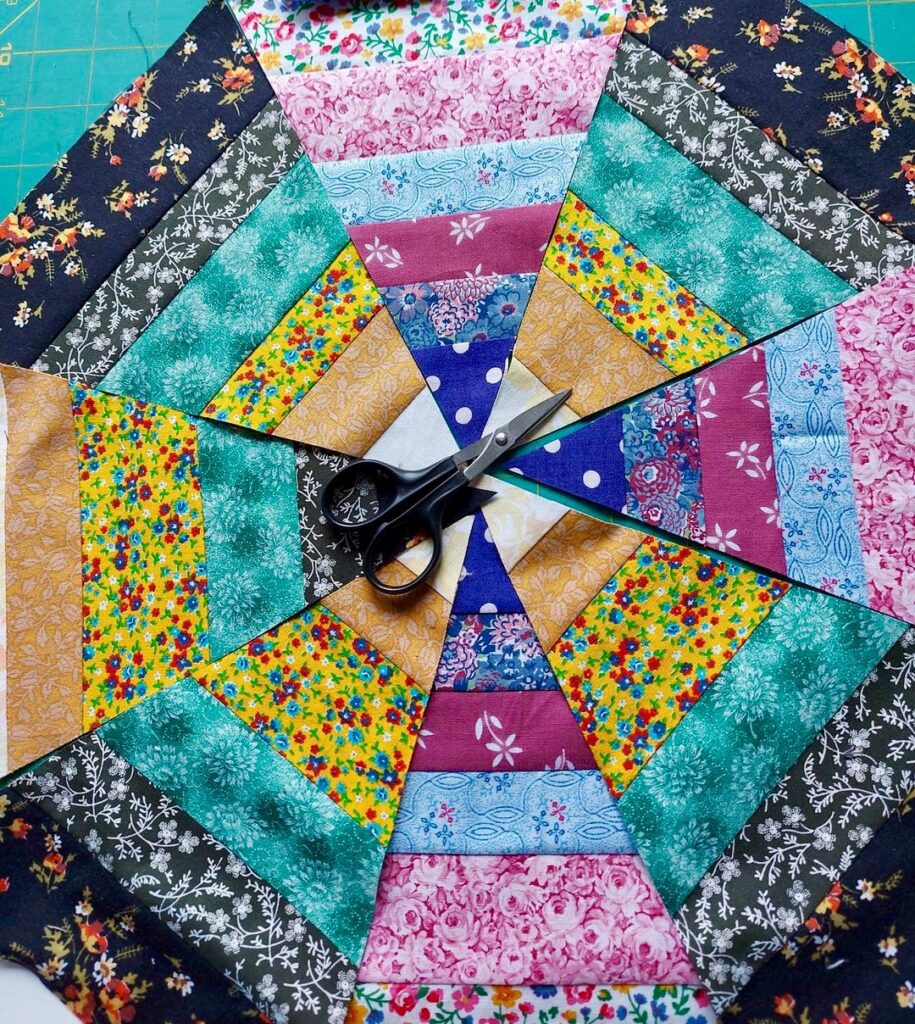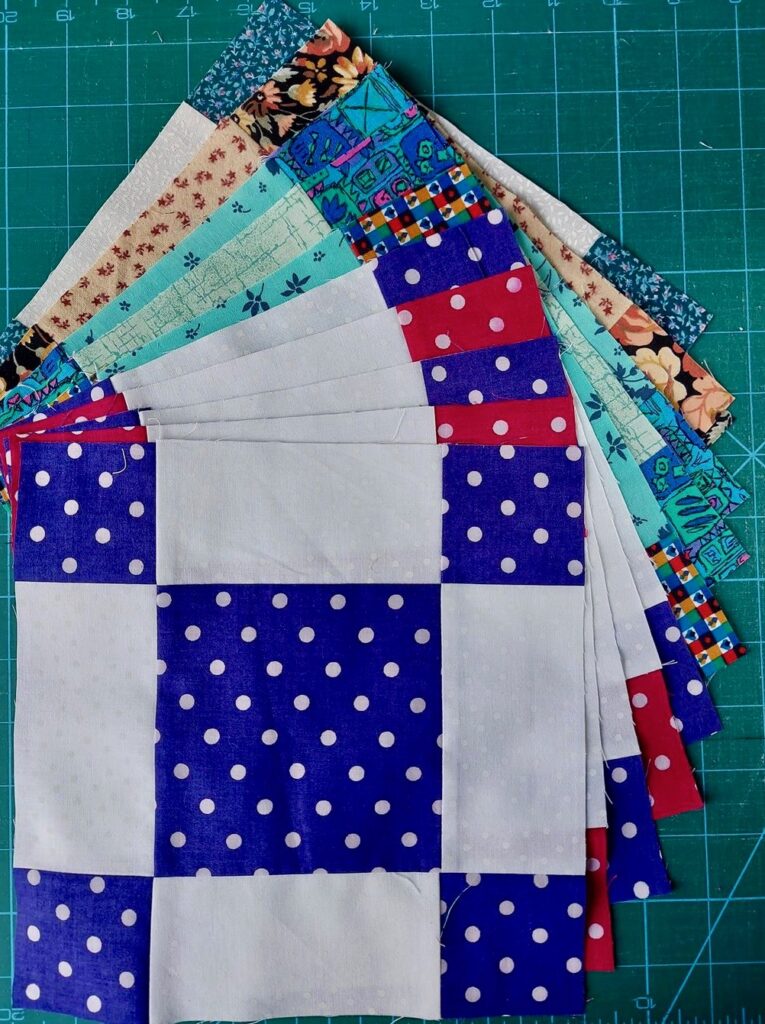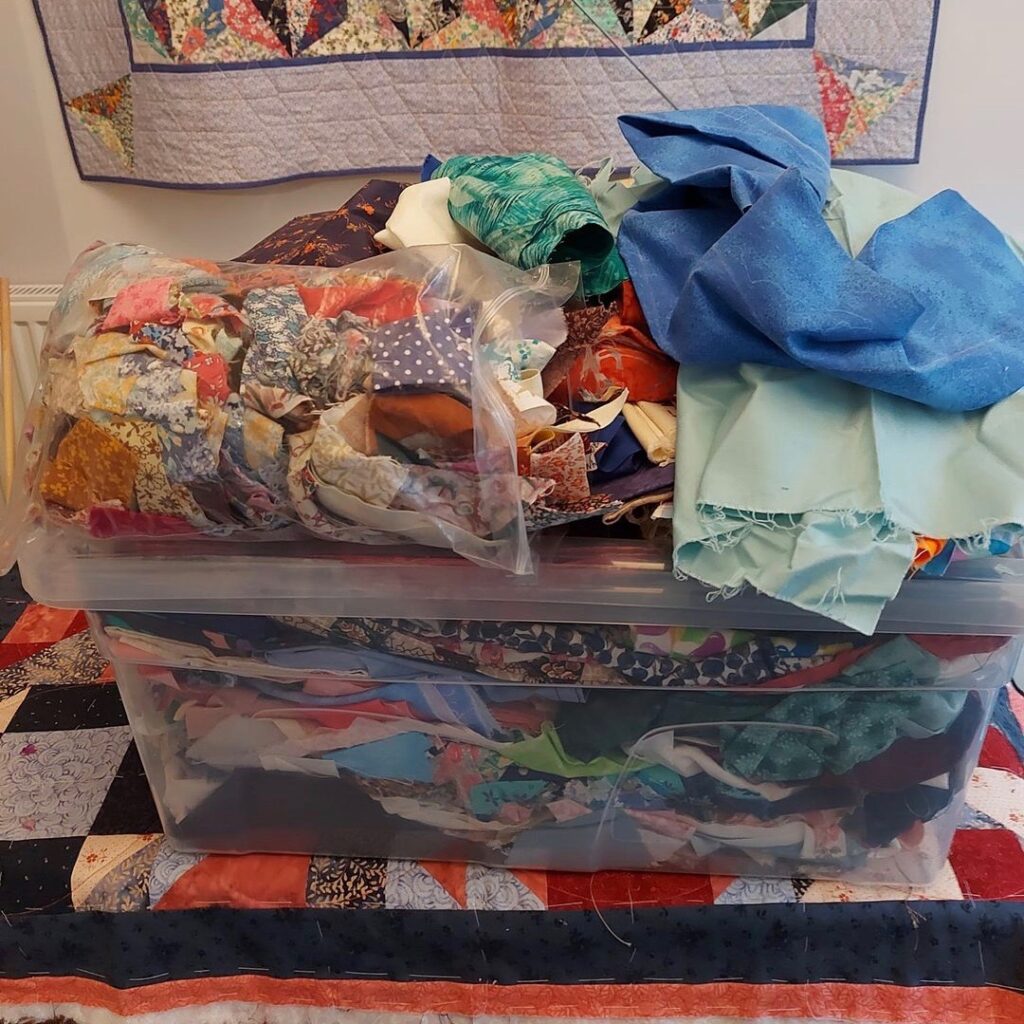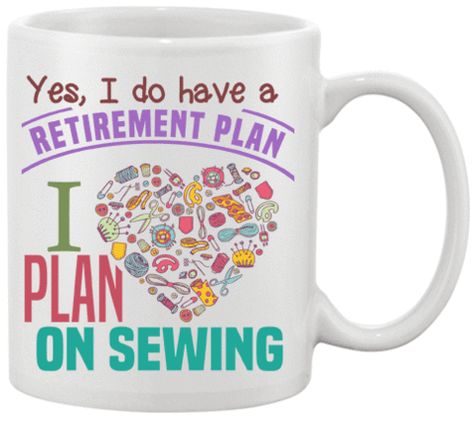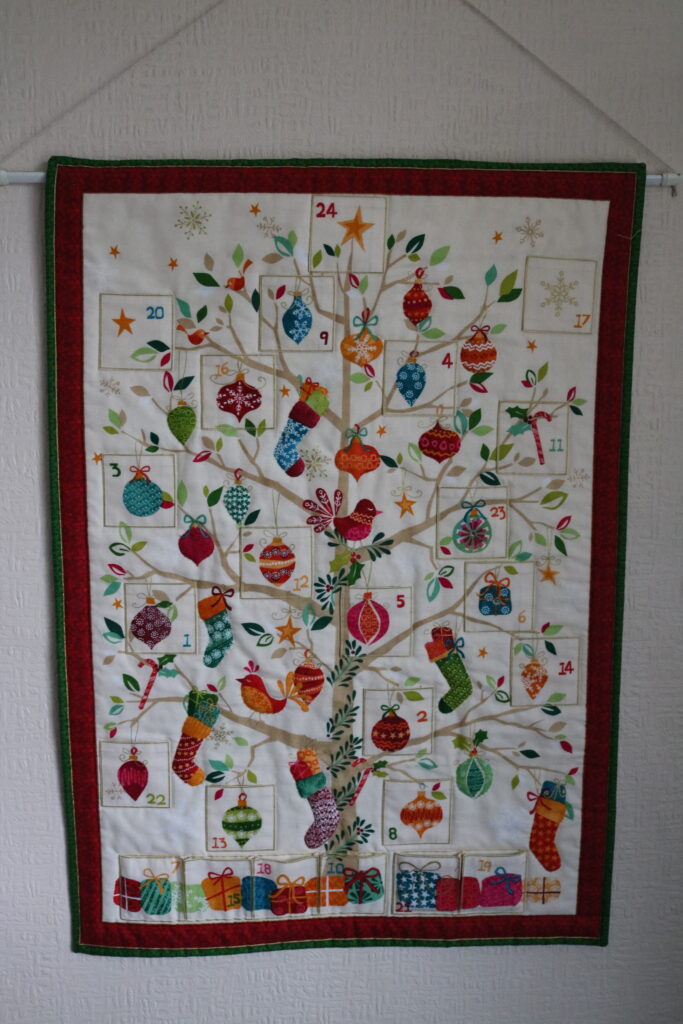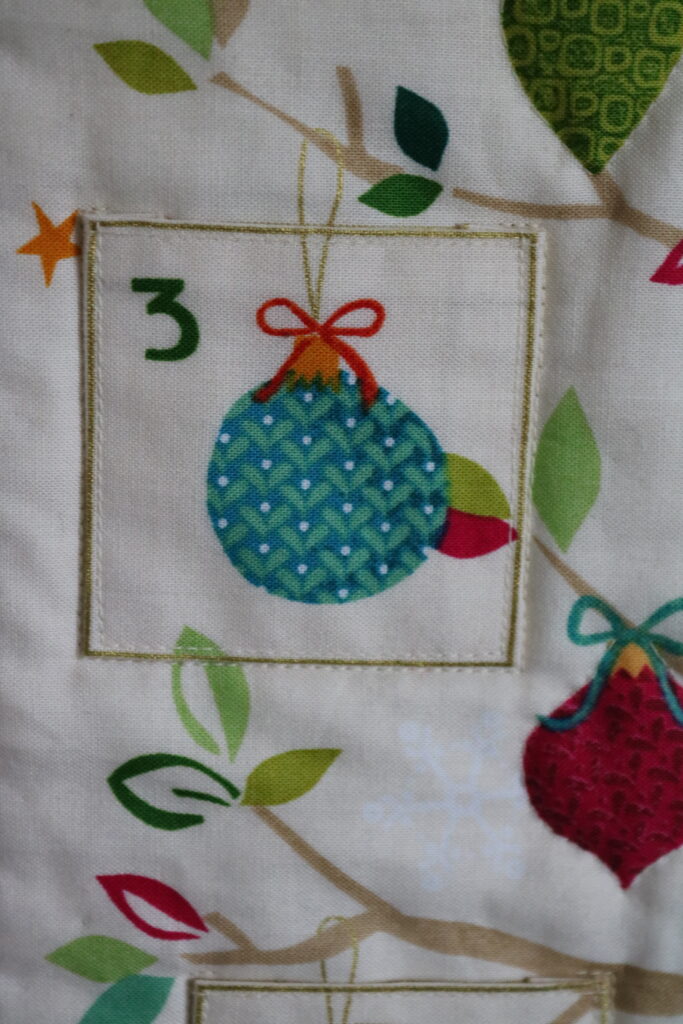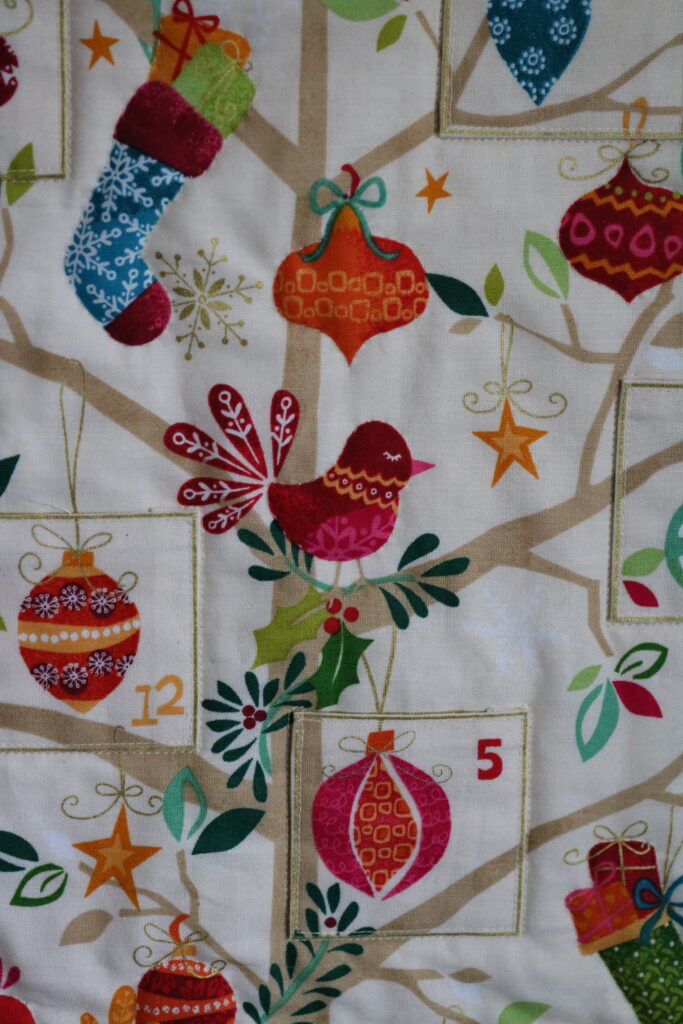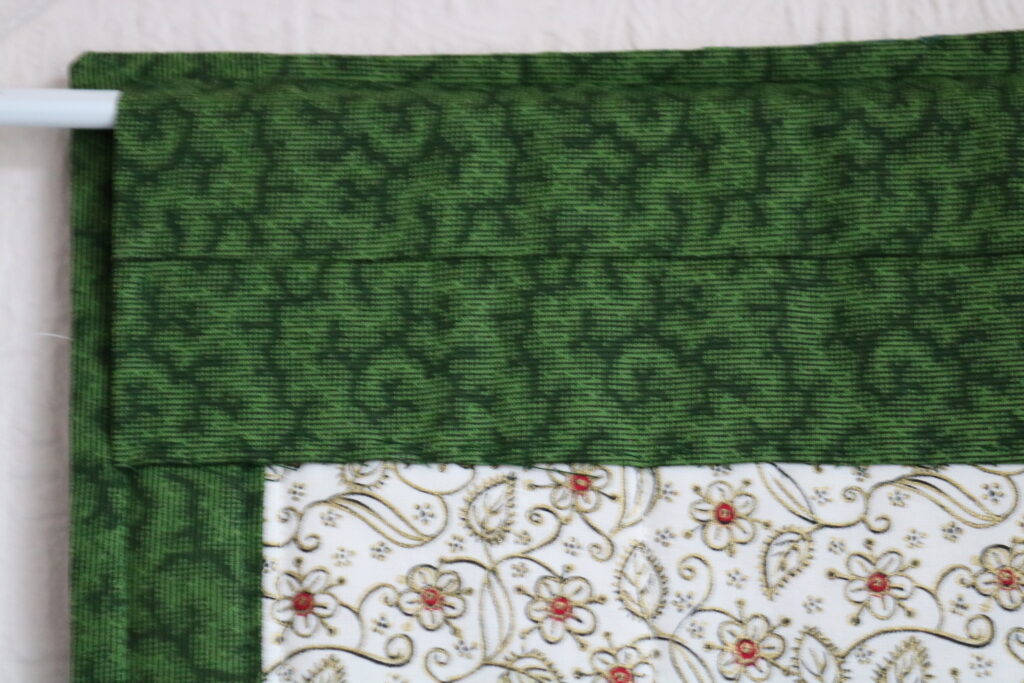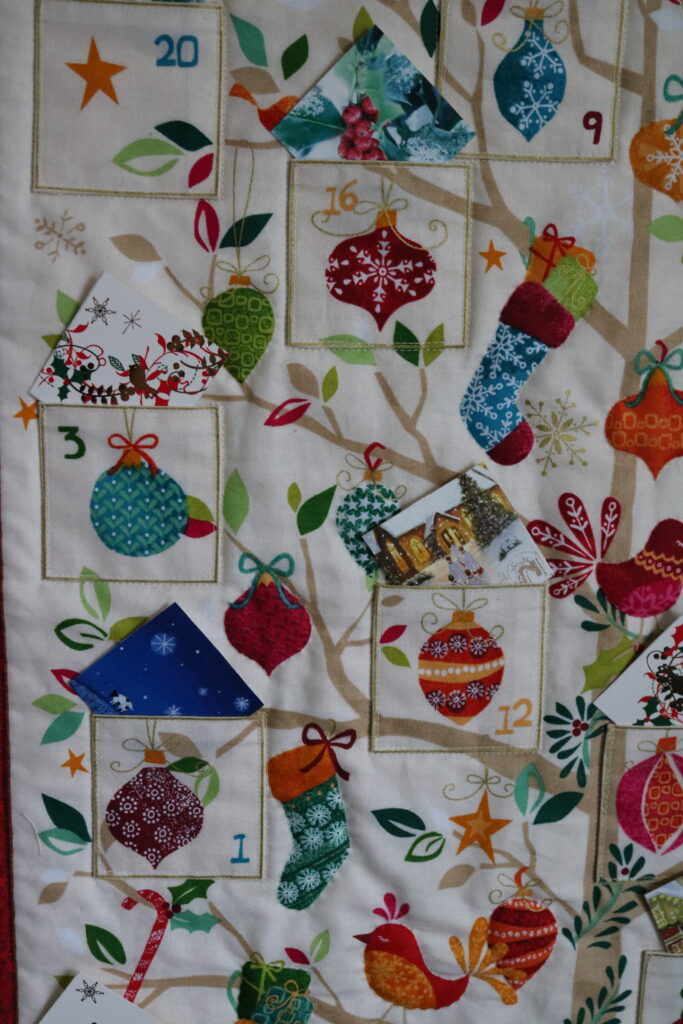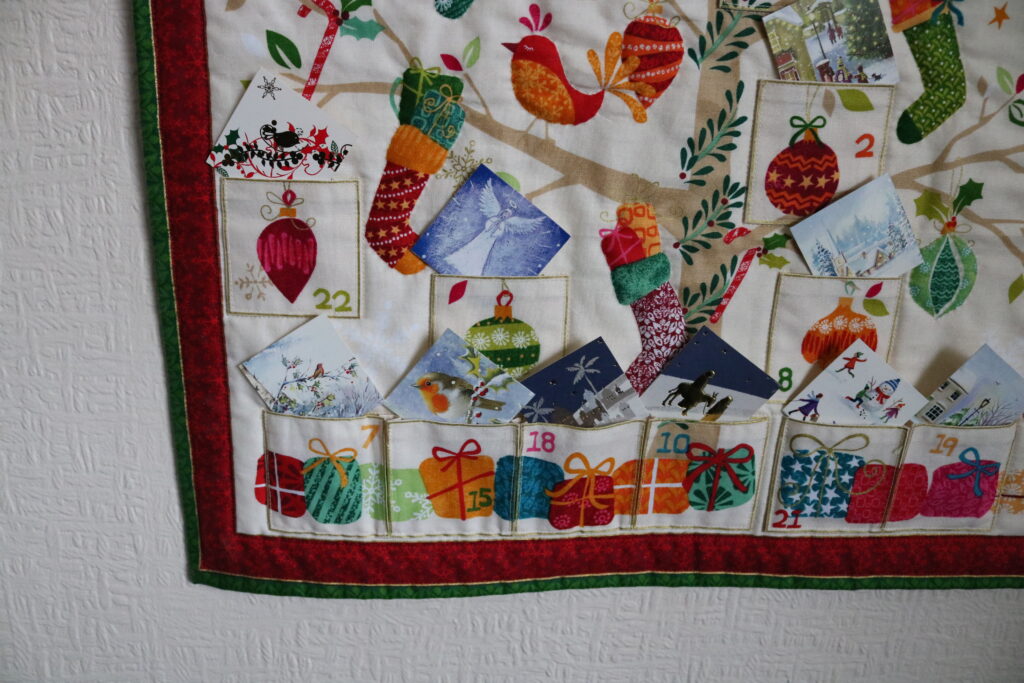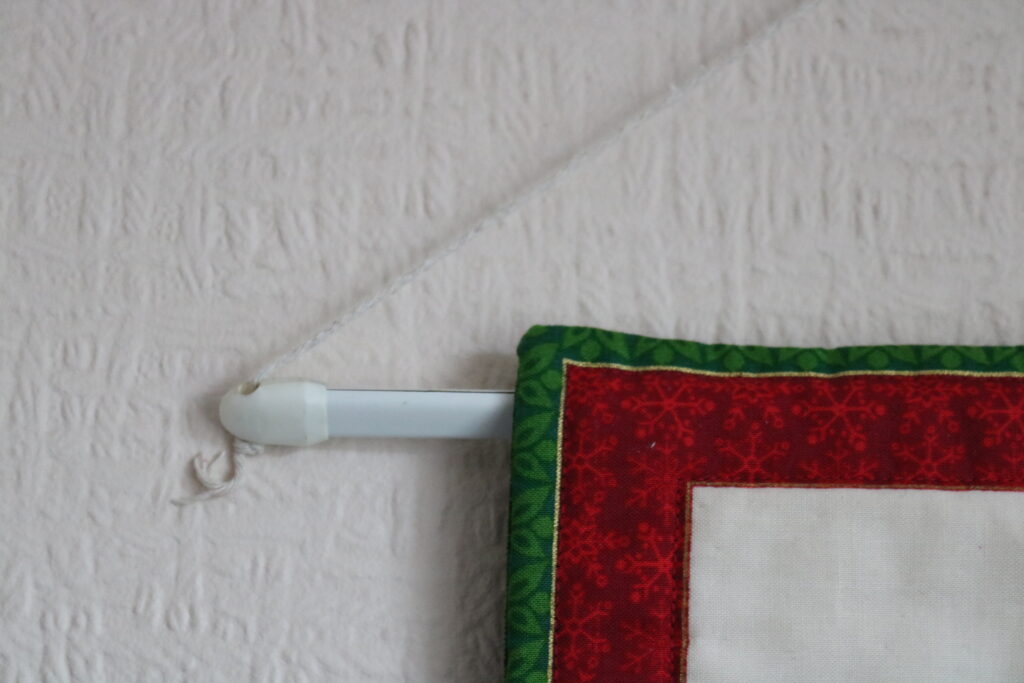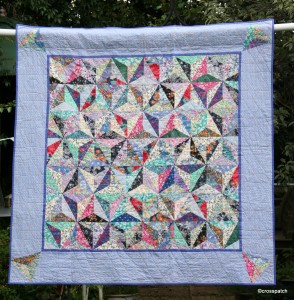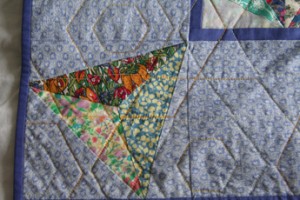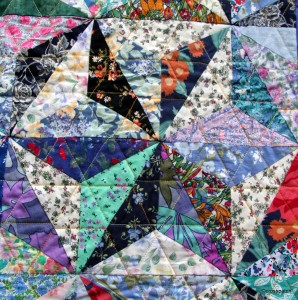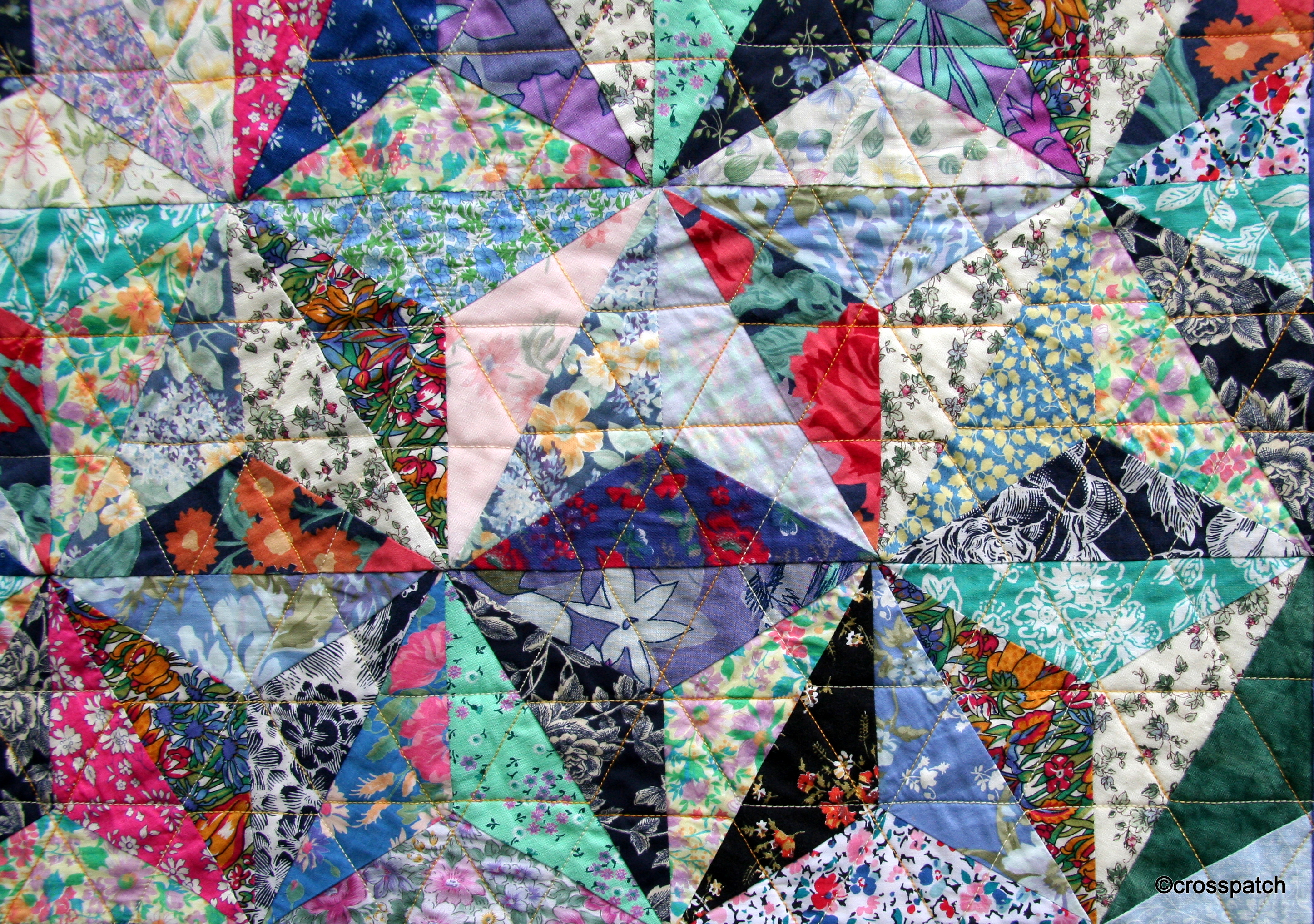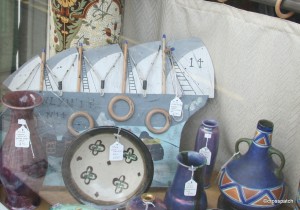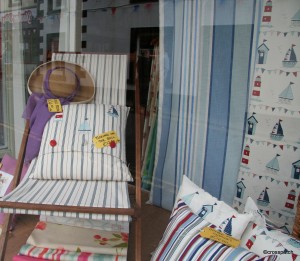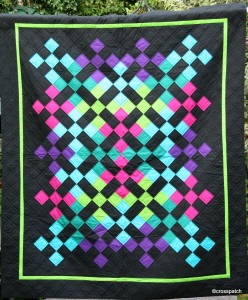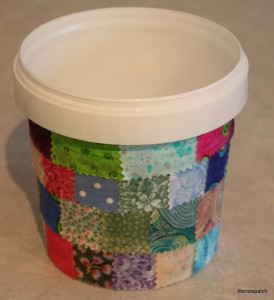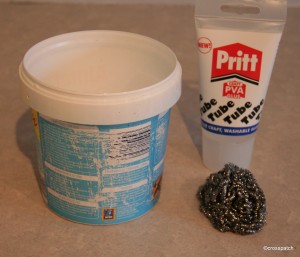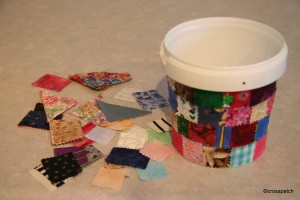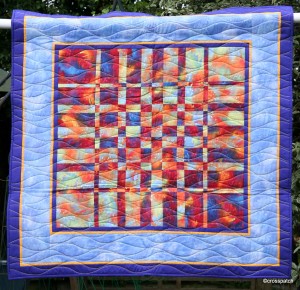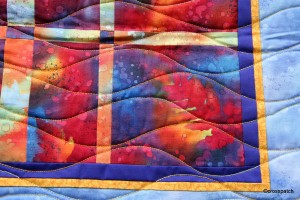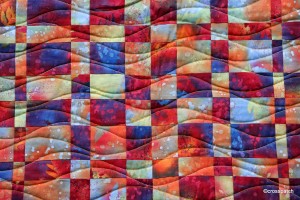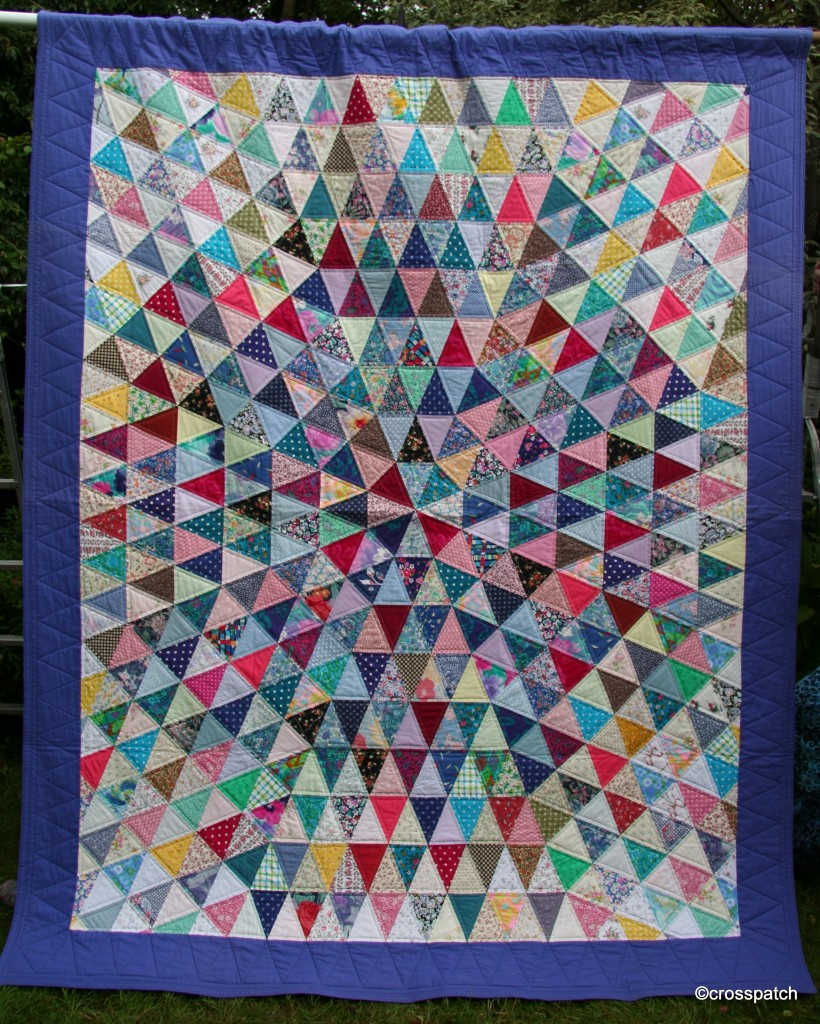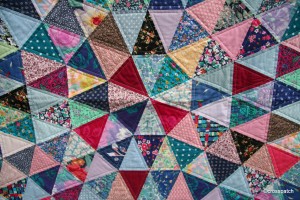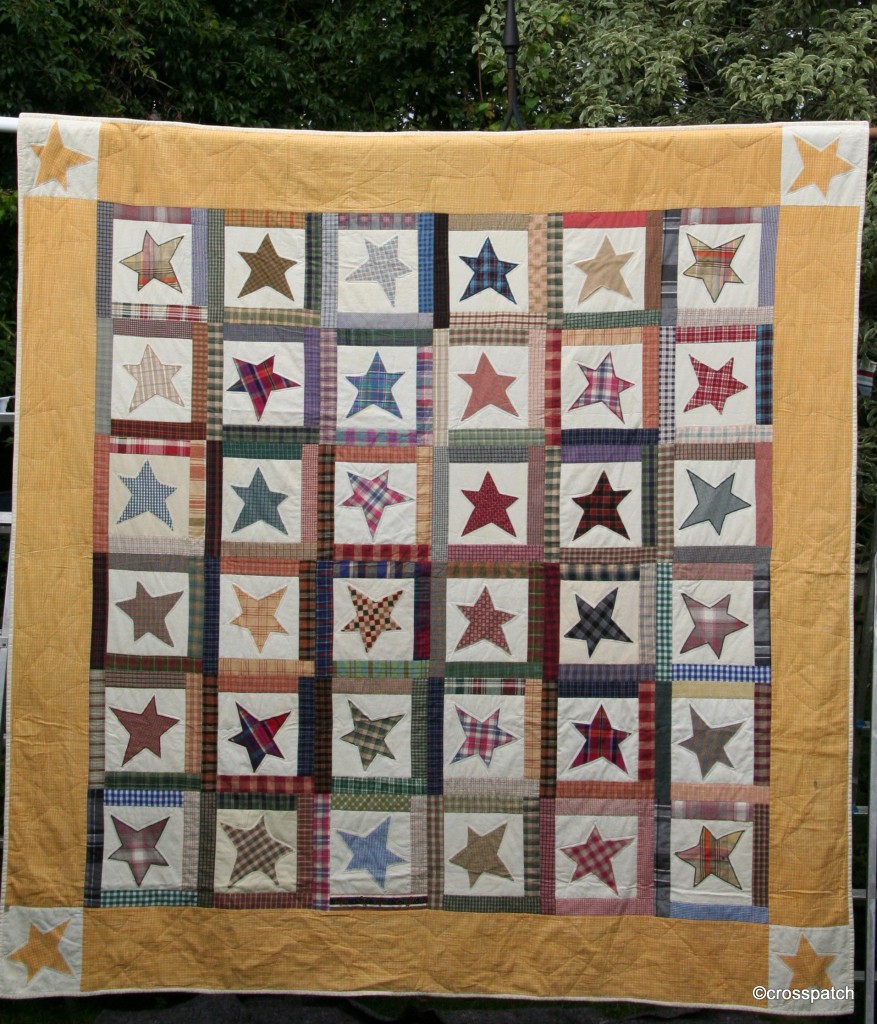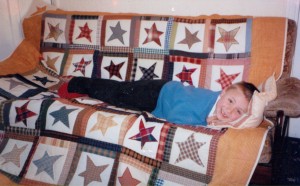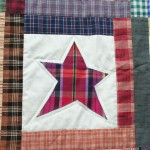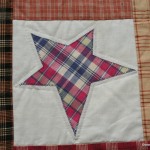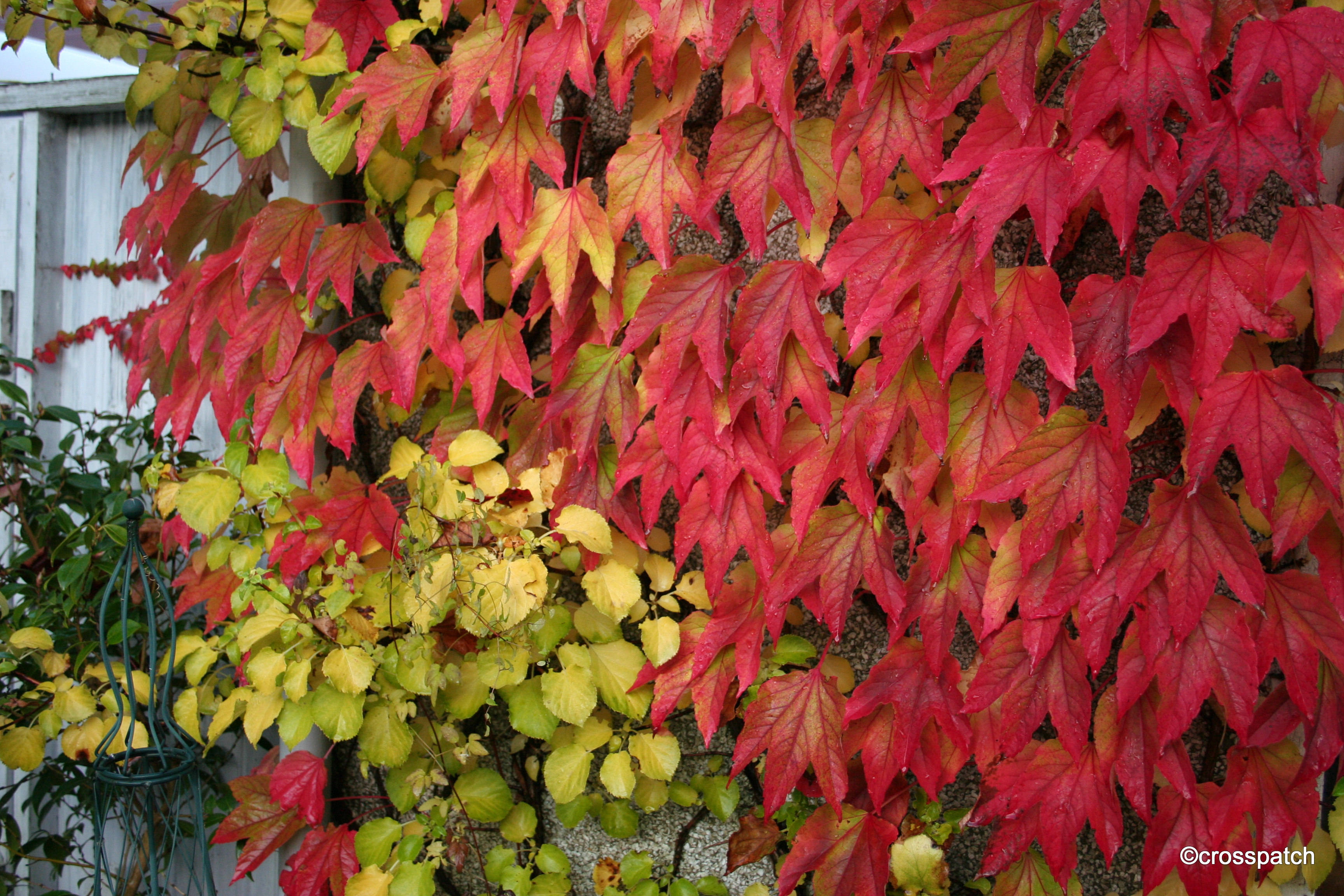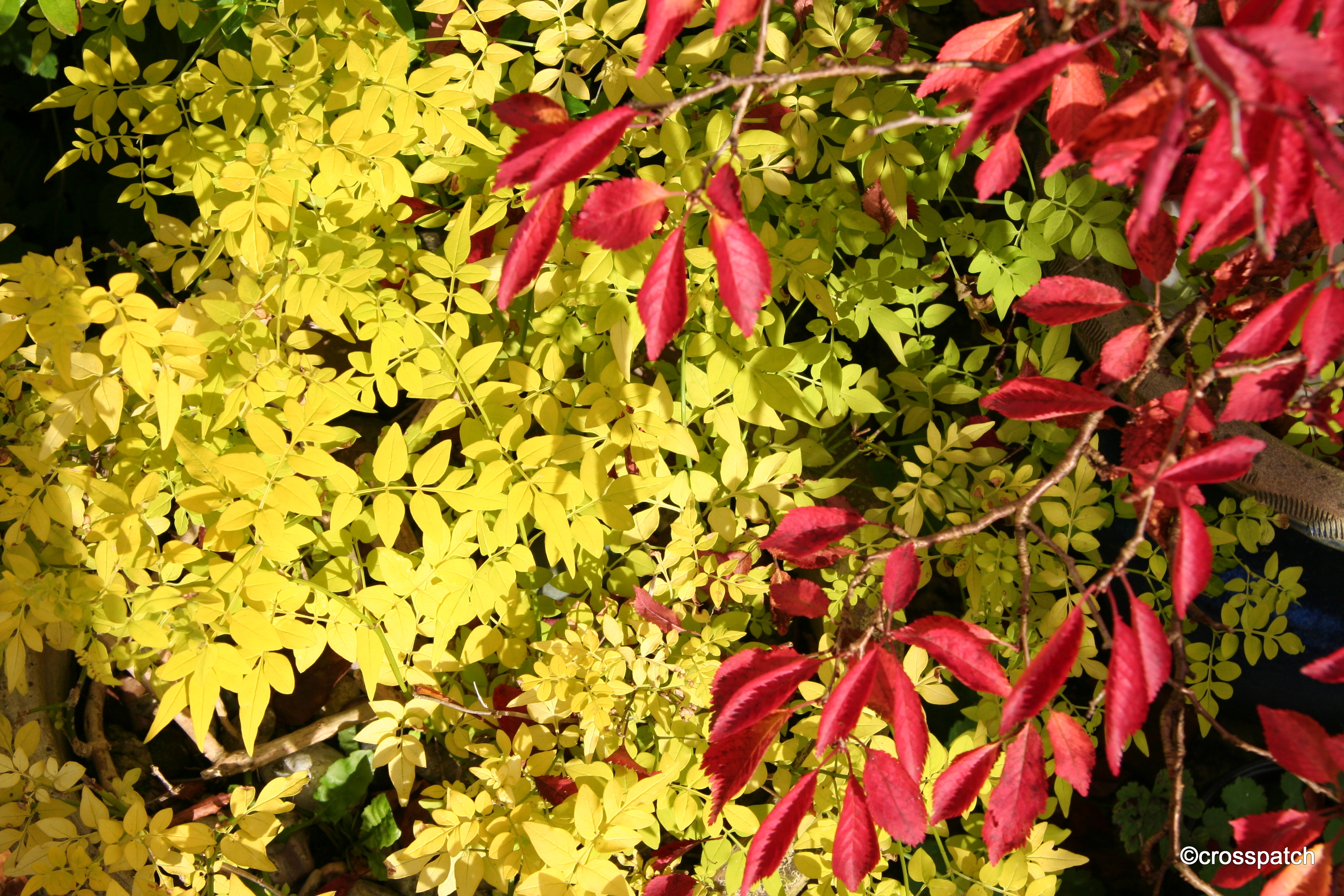A lady never discusses the size of her stash !
It’s a well known joke among quilters, we all have a stash of fabric and it’s probably bigger than we know; it’s certainly bigger than our loved ones realise. Who has not sneaked fabric into the house without admitting it to our other half?
Lately I have been thinking about my stash, I’ve been buying and setting aside fabric for years, and now in my 60’s I realise I will never have time to use all that fabric to make quilts or even have a purpose for them.
So I am really pleased to have found, and joined a community on Facebook called Quilts for Care leavers (Q4CL ) we make quilts and gift them to young people leaving care. It means I can use my stash; piecing blocks to my heart’s content, and never have to make a complete quilt. If you would like to join us you can find us here: https://www.facebook.com/groups/QuiltsforCareLeaversMakers
The quilts made are called “hugs“; made longer than they are wide so they can be wrapped around the shoulders and worn without dragging on the floor. They are intended to be a means of warmth and comfort, perhaps even more necessary in these times of fuel poverty.
Each month a member will propose a “block of the month” (BOM) and set out the instructions for how to put together the fabrics and the size of the block, so that all the contributed blocks will fit together. Each contributor can make as few or as many blocks as they choose, and send them to the organiser, the person who proposed the block.
I don’t know if the organiser then puts the quilt tops together themselves, or whether there are teams of people waiting for the incoming blocks. I’m not sure how the quilts are put together or quilted, no doubt all will become clear in time.
Group members can also create their own “hugs” either just the quilt top then donated to be made into a quilt or they can donate finished quilts.
I contributed to the BOM for January 2022. So far 4469 blocks contributed; 28 hugs made and counting.
I contributed to the BOM for February 2022. So far 3237 bocks contributed will make 34 Hugs.
And I contributed to the BOM for March 2022. Numbers not in yet.
I’m looking forward to the BOM for April,
I’m still working from my scrap box, and picking out scraps from my mother’s stash; at 90yrs old, she doesn’t sew anymore, and she is happy for me to raid her stash whenever I want. Mum would be happy for me to take all of her stash, but where on earth would I put it?
I can’t say I’m having sleepless nights about the size of my stash…yet, but I don’t want to have to strengthen the rafters to take the weight of my mother’s stash, after all she was sewing before I was born, and her stash is impressive, even though she’s been retired for 30 years.

